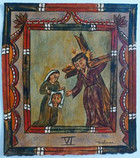Station VI: Veronica Wipes the Face of Christ
He hath no form nor comeliness; and when we shall see him, there is no beauty that we should desire him. He is despised and rejected of men; a man of sorrows and acquainted with grief; and we hid as it were our faces from him. (Isaiah 53:2-3)
What did Christ look like? The gospel narratives provide no physical description, but believers down the centuries have venerated special images of him, which they believed were divinely-inspired and “made without hands.”
There were stories in the Orthodox East of a portrait, which Jesus imprinted on a cloth and sent off to cure the ailing King of Edessa. The Latin West had its own legend about a pious woman of Jerusalem, who encountered Christ on the Via Dolorosa and was so moved by the sight of his blood-stained face, she defied the Roman guards and reached out to wipe it clean with her veil. A miraculous picture of Jesus appeared on the cloth, which came to be known as the sudarium, from the Latin word for “sweat cloth.” The woman is said to have taken the holy relic to Rome to heal the Emperor Tiberius, where it, eventually, found its way into a shrine at the Vatican.
This pious woman of Jerusalem came to be called Veronica, derived, perhaps, from “Berenice,” the name given in apocryphal writings to the anonymous woman Christ cured of chronic hemorrhaging (Mark 5:25-34). Some scholars think her name is simply a variation on the combined Latin and Greek words for “true iron”--vera eikon.
Whatever the origins of the Veronica veil story, it has inspired numerous acts of personal devotion--and countless works of art--since it gained credence in the Middle Ages. After all, is it really so hard to believe that amid the cruel indifference so evident in the Bible stories of Good Friday, one godly woman performed a simple act of charity--with or without the heavenly reward?
As moving as artistic representations of Christ may be, he tells us in Matthew 25:31-46 of one place where we can truly “see” him. It is in the faces of the hungry, whom we feed, the thirsty, to whom we give a cup of water, the naked, whom we clothe, the strangers, we welcome into our homes, the sick and the imprisoned, whom we take the time to visit. Jesus tells us that whatever we do for these, the least of his brothers and sisters, we do for him.
So, when you think about it, the legend of Veronica and her veil is not really about the making of a holy relic. The true face of Christ was already revealed to this devout woman of Jerusalem the moment she showed mercy to a despised and rejected outcast, who just happened to be the Savior of the World.
Open my eyes to see you in the faces of those who are in need. Amen.
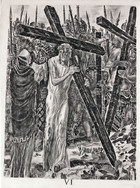
Albert Decaris
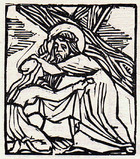
Jean Marchand
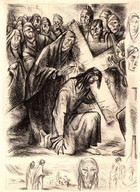
Andre Collot
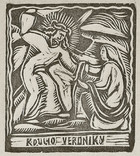
Unknown Czech artist
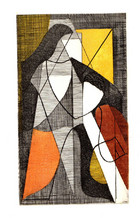
Elisabeth de la Mauviniere
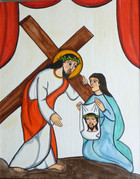
Marie Romero Cash
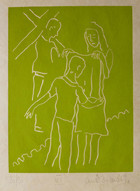
Adrian Wiszniewski
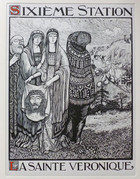
Louis Jou
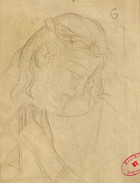
Master of the Stalag VI D Stations
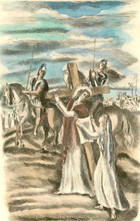
Hermine David
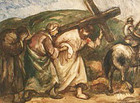
Eugene Higgins
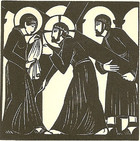
Eric Gill
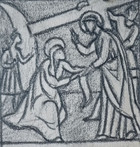
Arthur Kemp
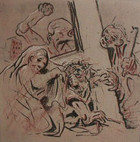
Peter Howson
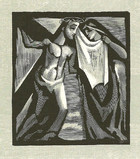
Bernard Brussel-Smith
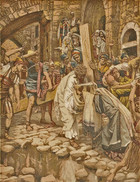
J.J. Tissot

Maurice Denis
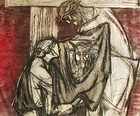
Pat M. Mallinson (Allman Smith)
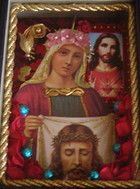
Johnny Salas
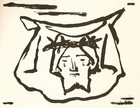
Jean Charlot
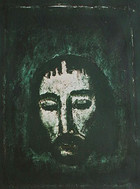
Georges Rouault
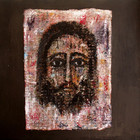
John Kohan
